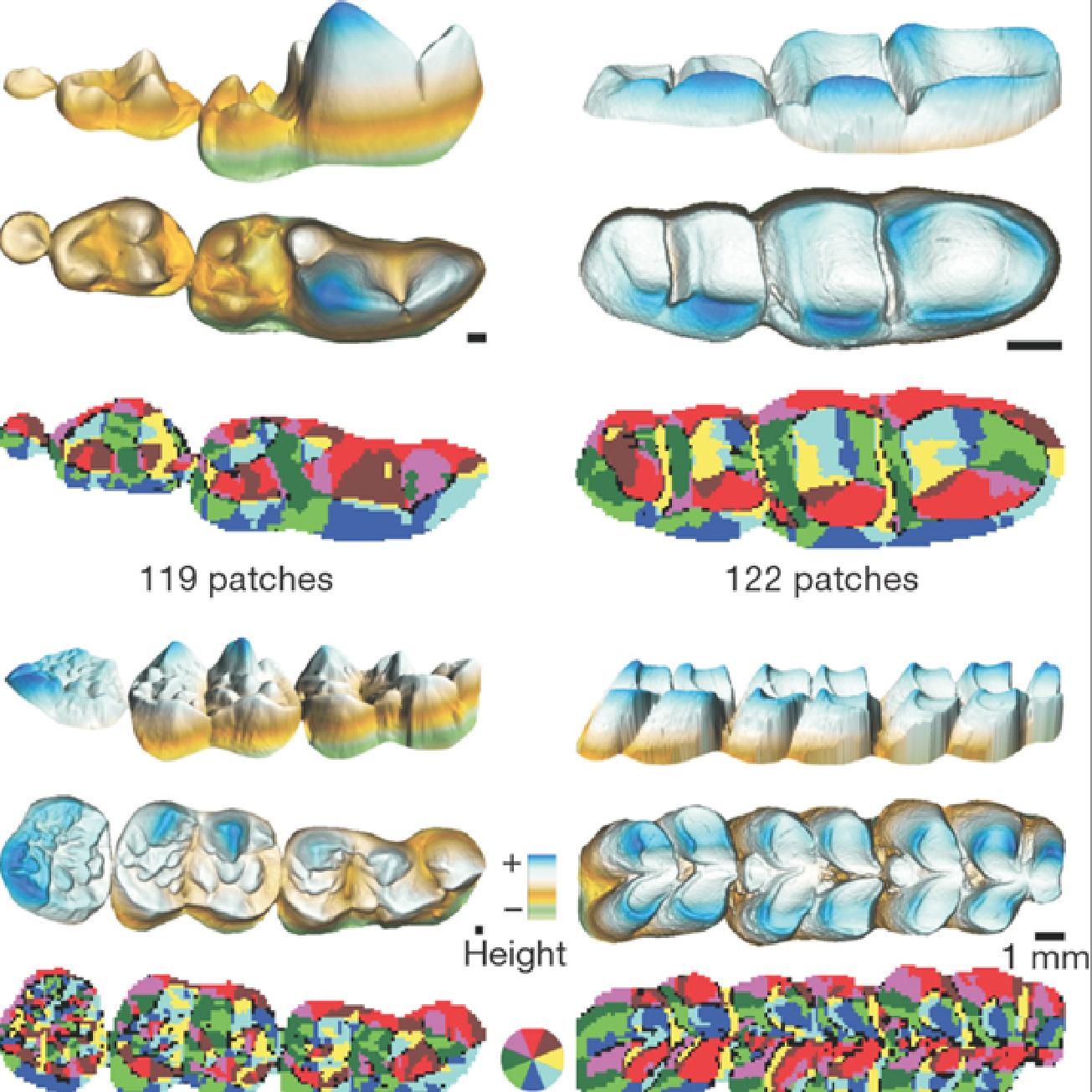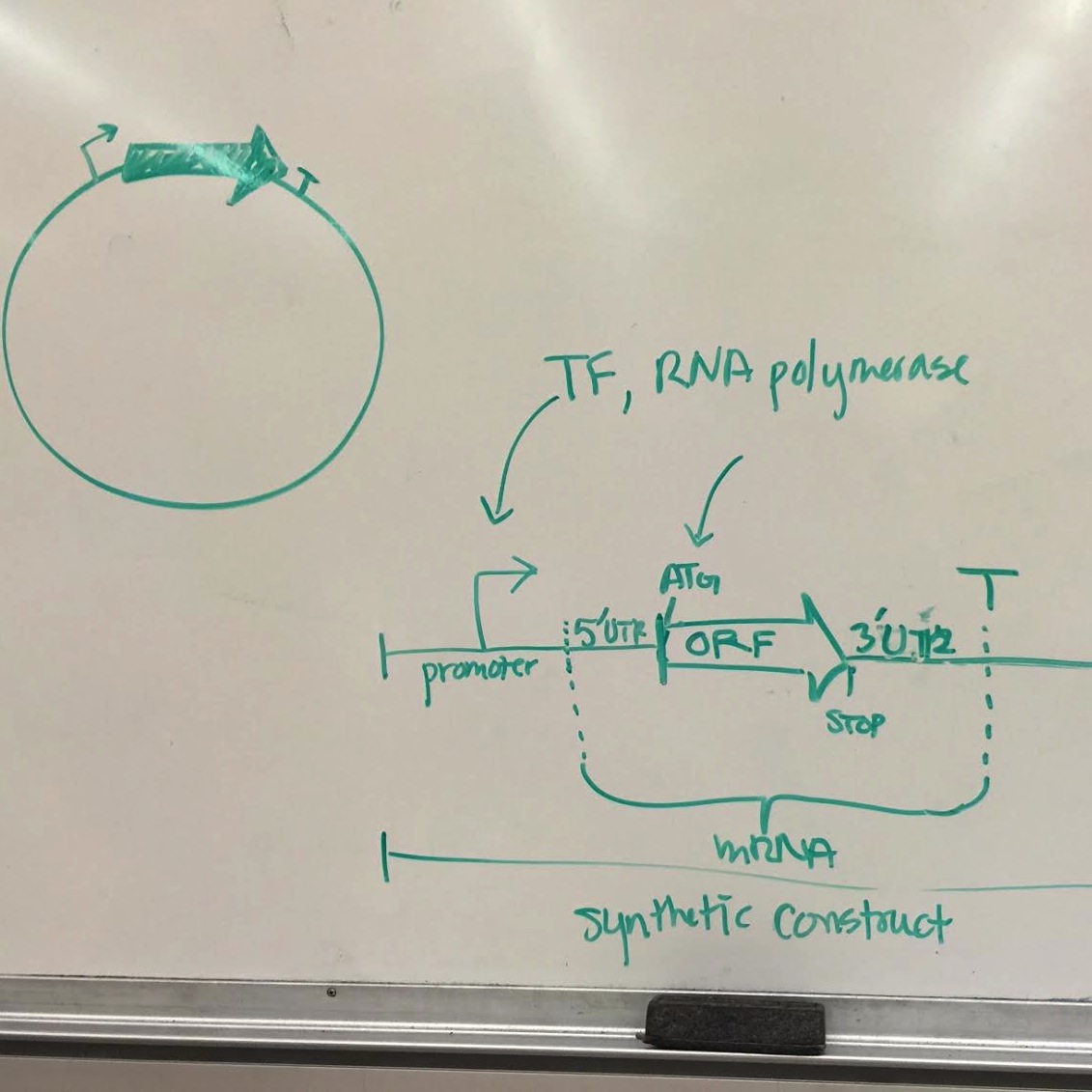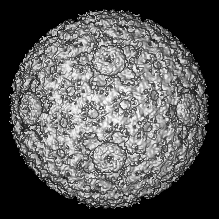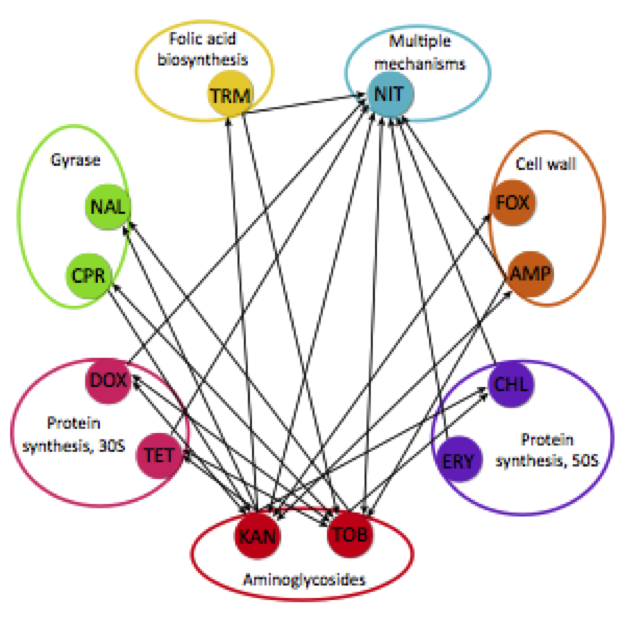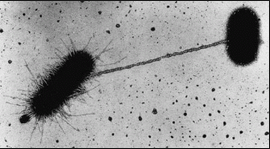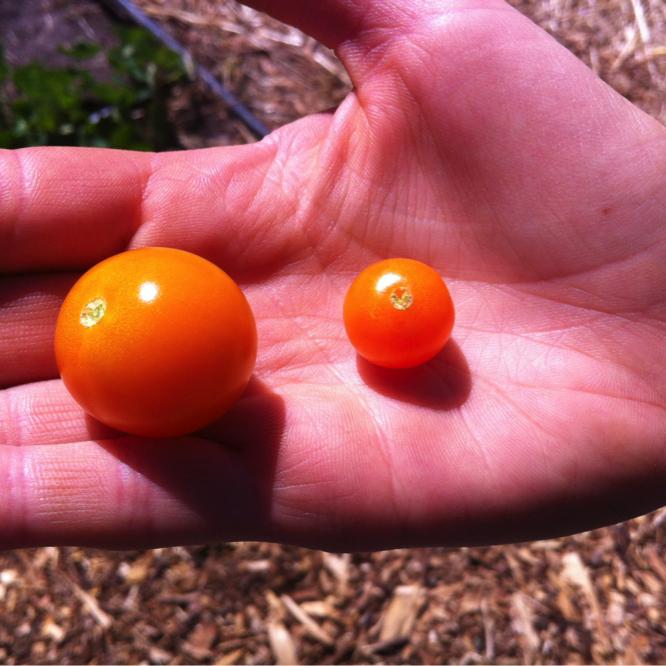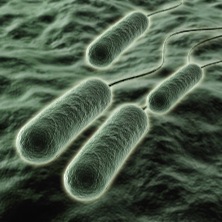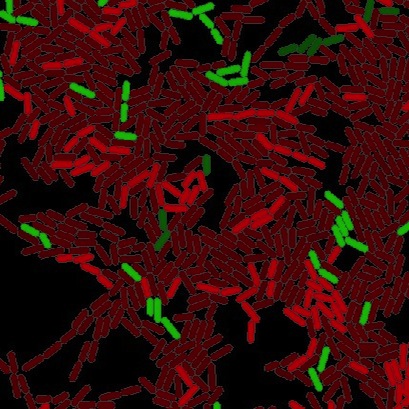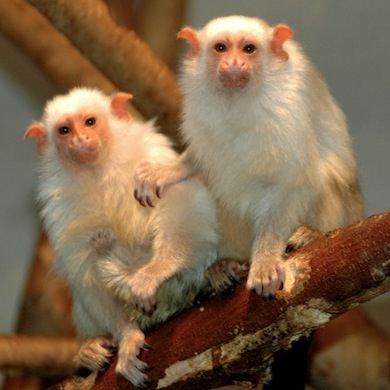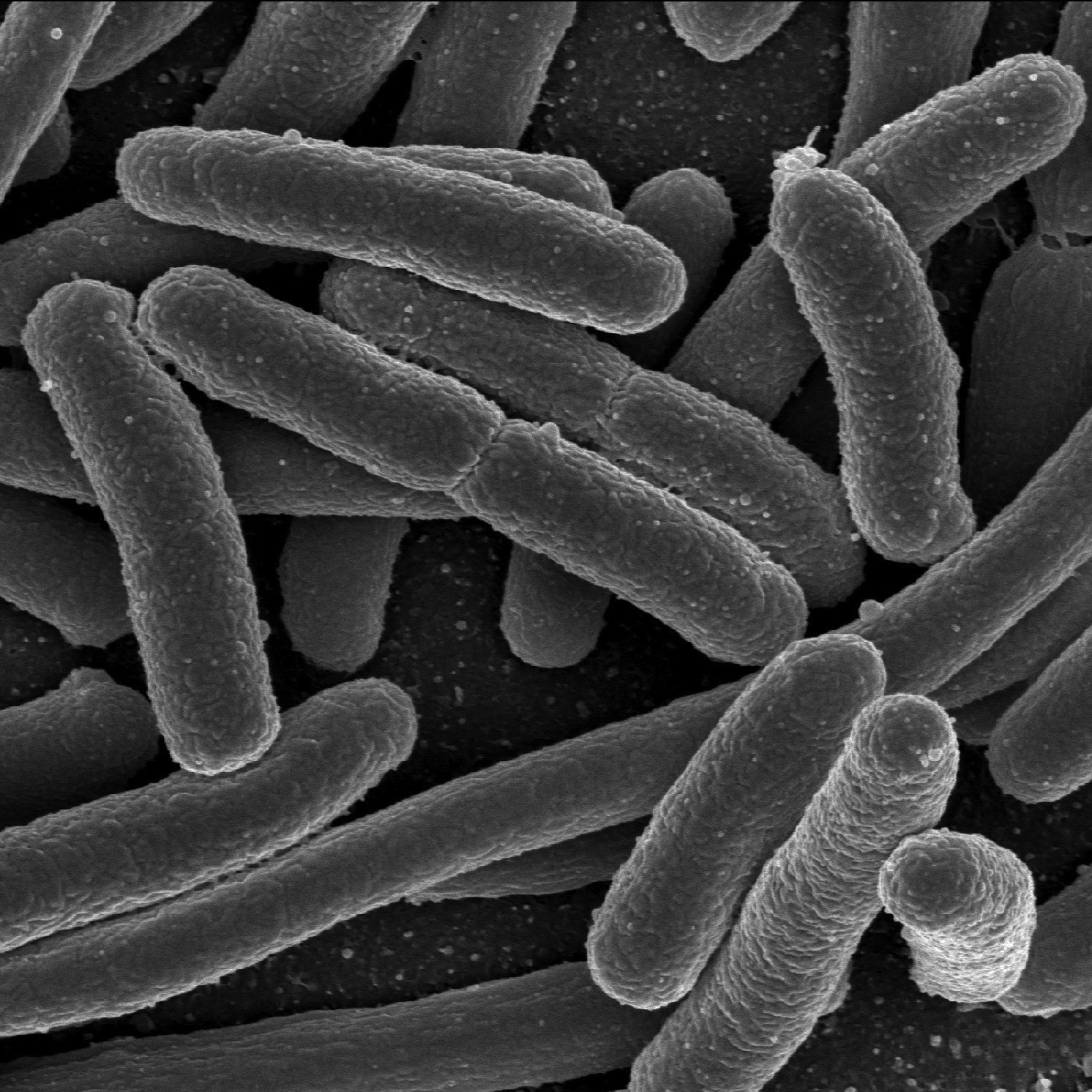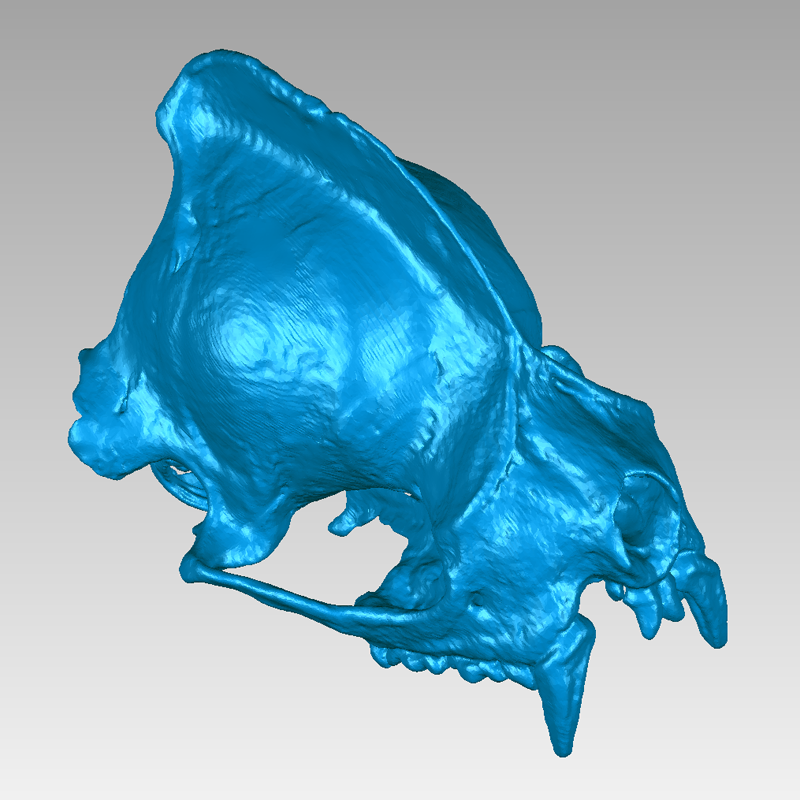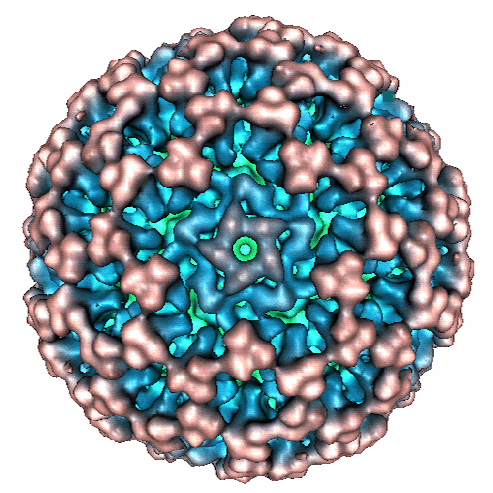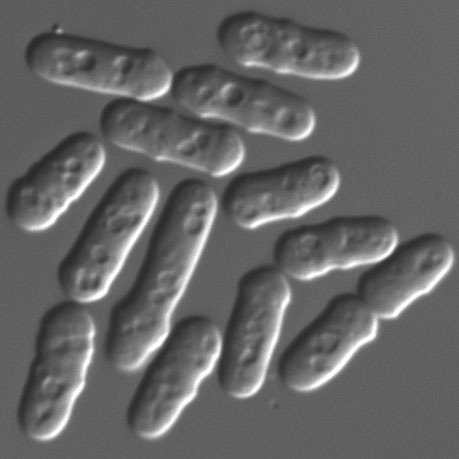Independent Research in Experimental Evolutionary Ecology 2015
Gianni Aranoff
I am studying the relationship between the tooth shape and the diets of ancient mammals to better understand the ecological underpinnings of the evolutionary radiation that occurred after the K-Pg mass extinction.
Brendon Beardsley
I am studying the limits of homologous recombination in Escherichia coli after a cutting event induced by CAS9, specifically I am looking at both the amount of material that can be spliced in, and the number of cut-sites that can be placed in close proximity to one another.
Allie Clay
My research explores on the selective benefits of singing soft versus loud song in Song Sparrows during territory intrusion, specifically looking at the effects of predator presence on song type.
Emily Cooper & Stella Whang
We are engineering single point mutations in the retrovirus φ6 in order to confirm that they directly cause thermostability. The long term goal of the project is to evaluate whether mutations that confer thermostability also confer genetic robustness, the ability of the genome to change without the phenotype being affected.
Elsha Eggink & Homma Khosroyani
Our research approaches the widespread problem of antibiotic resistance by exploring the potentials of drug cycling and collateral sensitivity in Escherichia coli. We are looking at how collateral sensitivity alters the future mutations available to bacteria.
Hannah Jordt
My research is attempting to answer the question of how conjugative plasmids persist in an environment, even with the costs associated with conjugation and plasmid carriage.
Colby Lea
I am working with a geriatric researcher and psychiatrist to use a large dataset to determine predictive personal health factors associated with changes in depression trajectory for medicare managed care recipients.
Emilia Lia
Tomato plants require physical perturbation to flowers for pollination to occur, often called buzz pollination. In nature, this is done by bumble bees however, many commercial tomato producers use artificial buzz pollination methods. I investigated the question: how does natural buzz pollination by bumble bees on tomato fruits benefit both humans and plants? This picture shows the striking difference between self-pollinated and cross-pollinated tomato fruits.
Helen Abera & Belen Mesele
We will be conducting experiments using Pseudomonas aeruginosa in different media to determine how can cooperation evolve and avoid exploitation by those who take advantage of its benefits without themselves contributing?
Melissa Arnold & Leandra Brettner
We are studying the social and evolutionary dynamics of a synthetic cooperative system executed in Escherichia coli.
Adrienne Barber & Doug Charles
We are comparing the evolutionary rates of face and coat coloration in neotropical primates to determine whether ecological or social pressures result in different evolutionary dynamics in these two body regions.
Peter Conlin, Carrie Miller & Chase O'Neil
We are using experimental evolution with E. coli to study how mutations acquired in a low antibiotic environment can “prime” bacteria to evolve high levels of antibiotic resistance.
Brian Demong & Blake Hummel
We are building 3D computer models in preparation for Finite Element Analysis (FEA) comparing two closely related bat species that have different diets.
Clementine Dunnell & Emily Hsieh
We are evolving the RNA virus phi-6 to withstand temperatures significantly higher than its usual environment in order to understand the mechanisms of thermostability.
Joel Hummel & Sapna Saini
We are analyzing the mechanism of meiotic drive in genetically tractable fission yeast to explore the rapid evolution of chromosome segregation factors giving rise to cheating in eukaryotic organisms.
Julia Reed
My research will focus on the identification and phylogenetic relationships of a subset of Cortinarius species of ectomycorrhizal fungi associated with the Oregon Oak in order to gain insight into their ecology and relationships to other oak associated species in western North America and Europe.
Carly Strecker
This study is part of a formative research project by the National Children’s Study (NCS) to better understand stress across individuals and communities to help inform prenatal stress assessment techniques used in the NCS.
